
REGAL UNIFORMA COLECTOR
-
Posts
135 -
Joined
-
Last visited
Content Type
Profiles
Forums
Blogs
Gallery
Events
Store
Posts posted by REGAL UNIFORMA COLECTOR
-
-
 That would surprise me! Have you got any fake "bicycle spoke" pin ribbon bars to compare?
That would surprise me! Have you got any fake "bicycle spoke" pin ribbon bars to compare?The overlay style of the ribbons and the mounting harware used is not of the period for Imperial Russian ribbon bars. This style has has the Austrian look to it. I would fold back the ribbons and check the metal mounting device and see if it is new. Also check the end of the spoke and see if it has been freshly cut. You would see shinny new metal at the end of the pin. Bicycle spokes are commonly used in medal and ribbon bars by dealers from Austria, Romania, Russia to name a few places that are recently made and put together for resale to collectors. The dealers from there would assemble original ribbons and or medals and make an attractive bar reselling it for 2-3 times the value. The givaway is always crude stiching ( Hand sewn using a larger size mil thickness thread of todays standards) , discrepencies on how the medal order are mounted (Dealers usually make a lot of mistakes by mounting in the wrong order due to lack of knowledge), large pins from bicycle spokes and new metal backing hardware being used. Look at each ribbon and medal bar closely to determine if it is of the period.
0 -
Hi!
Your ribbon bar would most definately date to post-war period, 1920?s or later.
I would think later, much later like 1990's-2000's. I question the thick "bicycle spoke" pin in new condition used for a mounting device. My guess, it was made for collectors.
0 -
Boy, not much activity here lately.
Sorry, I just can't describe this badge any better. Can anyone out there help me with a proper ID of this one?
I think the disk is silver, with no markings. The RR emblem looks like a thin layer of gold over a base of something else, maybe silver. The screwplate, also unmarked, appears to be silver.
Chuck
I beleive the badge you have is from the Baltic States area due to the construction of the badge. Thin silver stamped. The enamel color blue is often found in Lithuanian badges. I would start there in your research. The top row of letters "3.X.D." stands for "3rd Railrod Detachment". The bottom row letters "C.K." identify the Rail line. My geuss is "Samositia - Kaunus".
Samositia is Central Lithuania and Kaunus was the established capitol of Lithuania in 1918. Bermont-Avalov liberated much of this area from the Bolshaviks in 1918. This is an educated guess, but I would start here do to how the badge is constructed, color, date, and letters on it. Quick note : Some Insignia found in 1918 were made from melted down coins, thus the silver and gold availability. Probably reserved for officers.
0 -
-
Close up of colar patch and shoulder board.


 0
0 -
Chemical Gas Troops
Summer weight tunic
Mostly ran around carrying flame throwers.
Captain


 0
0 -
Inside sheeps skin lining.
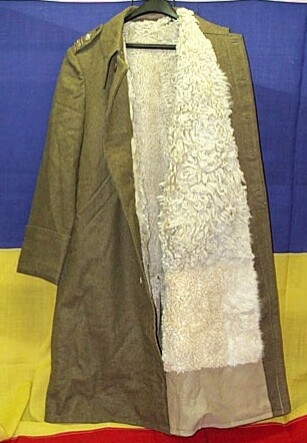

 0
0 -
Close up of shoulder board.
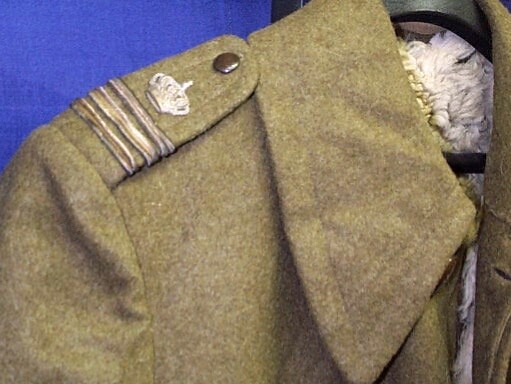
 0
0 -
Guards Regiment winter overcoat.
Captain.
Khaki wool Lined in sheepskin.
Warm, heavy, but effective.
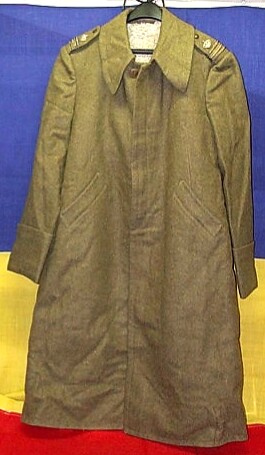
 0
0 -
Close up of Beret hat.
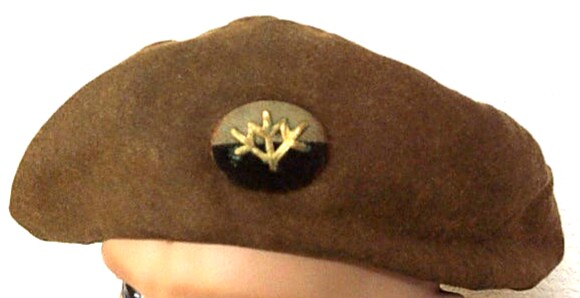
 0
0 -
Close up of colar patch and shoulder board.
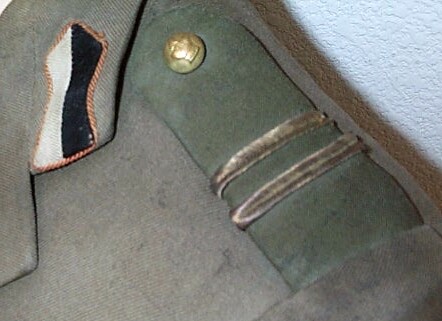
 0
0 -
Batalion Pionieri Munte (Mountain Sappers Battalion)
Specialized Engineers.
Lieutenant
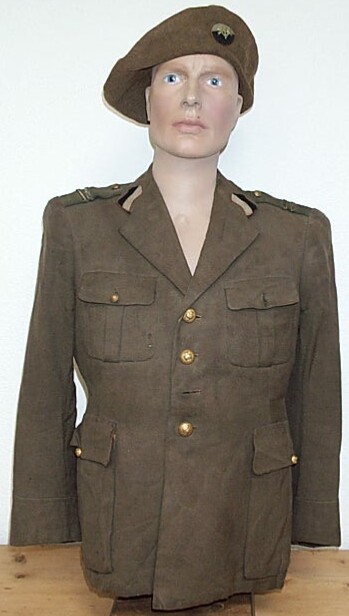
 0
0 -
Close up of cuff patch.
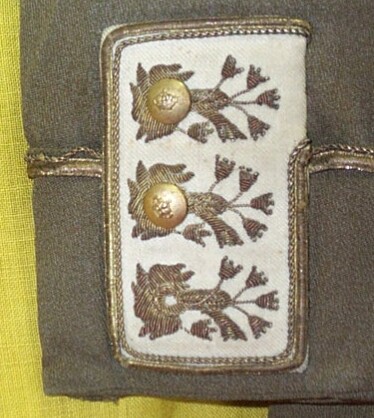
 0
0 -
Close up of colar patch and shoulder board.
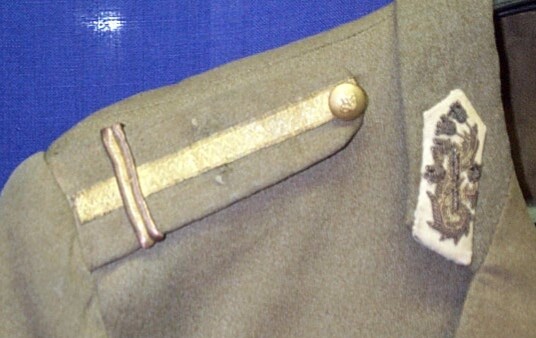
 0
0 -
Palace Guard Escort Regiment
Major
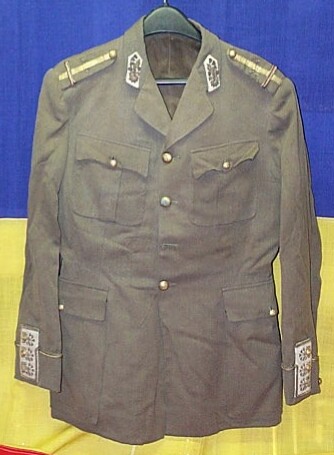
 0
0 -
That 2nd Lts. uniform is a treat! You should do a book-or at least an article. Have you seen the Rumanian forum?
Yes. I am a regular on that site. My goal is to publish a book about Royal Romanian militaria. Finding the time is another story.
 0
0 -
Close up
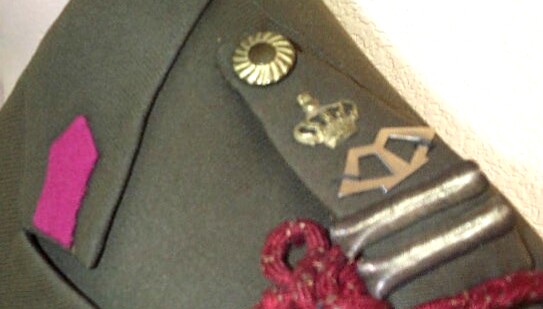
 0
0 -
-
Queen Maries 4th Roshiori Cavalry Regiment
Part of the 8th Cavalry Division that fought in Russia.
2nd Lieutenant
Bright redish purple aguilette is regimental unit citation for the Order of Michael the Brave
for heroism and bravery in the battle.

 0
0 -
Krim Shield
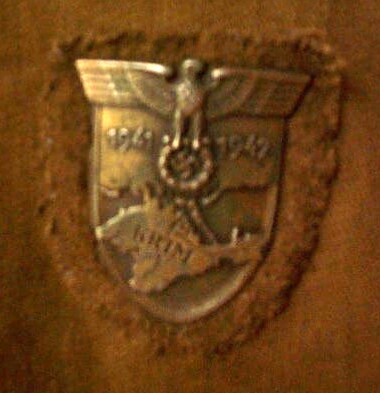
 0
0 -
Close up
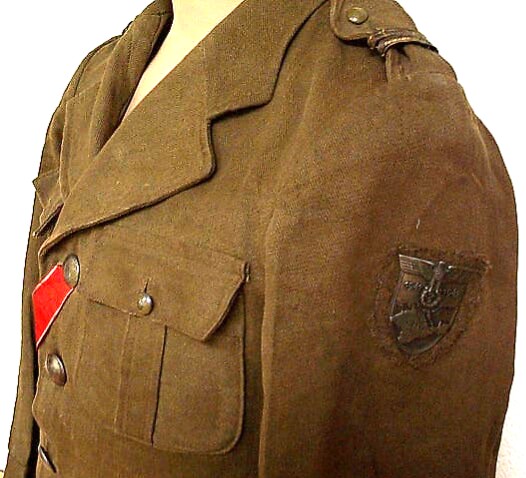
 0
0 -
2nd Lieutenant
Summer weight Khaki
German Ribbon on Button hole
Krim Shield on sleeve
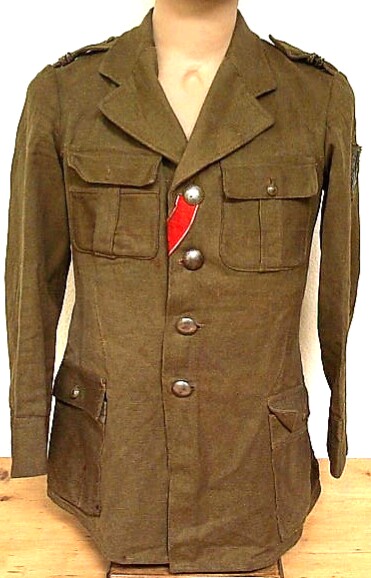
 0
0 -
Close up

 0
0 -
Summer white Air Force tunic.
Rank : Captain
Red Collar tabs : Bombadier
Badges : Pilot, Observer, Iron Cross
Veterin of the 5th Bomber Group which sustained heavy casualties over Stalingrad and was credited for saving what was left of the German and Romanian Army trapped and surrounded by the Soviets and allowing them to break free and retreat from Stalingrad.
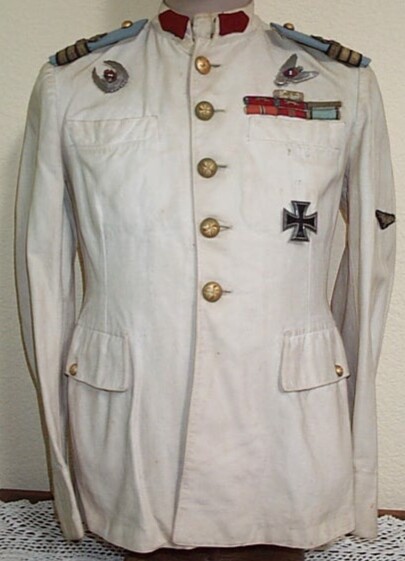
 0
0



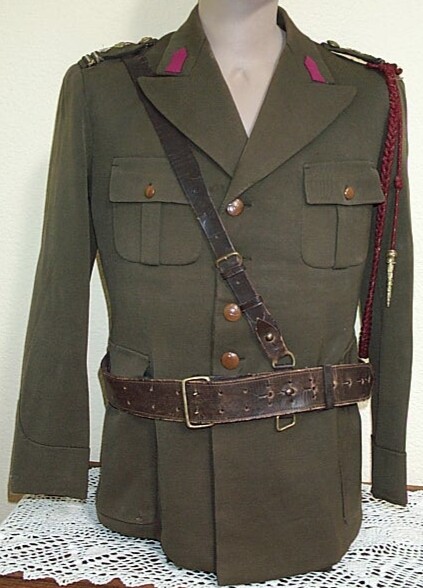
Lanyard
in Northern European & Baltic States
Posted
Regarding Royal Romanian laynards, the blue fourragere with red stripes is for the Order of the Star and the red fourragere with blue stripes (Actually Rasberry red or purple red in color) is for the Order of Michael the Brave. The Auction is incorrect in matching up Brevets certificates to the laynards.